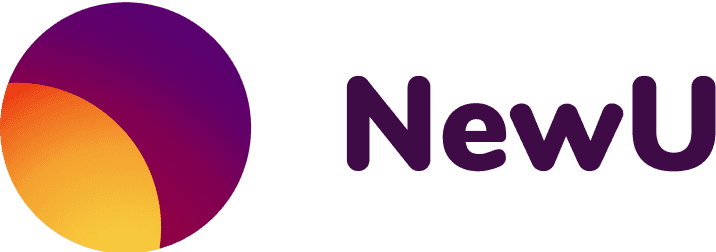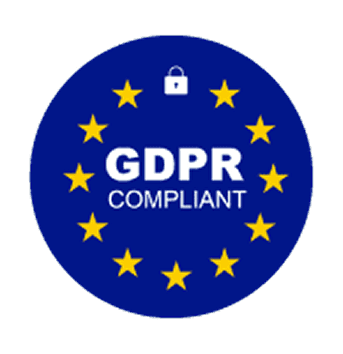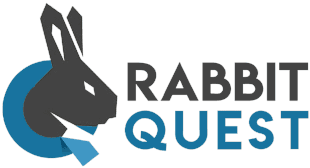The Goldilocks Principle: Just Enough for Great Success 🌟
Every HR manager will recognise it: you would like to do something about vitality within your organisation, but where do you start? Launching too many initiatives at once can be overwhelming for both you and your team. The result? You often get stuck in good intentions without really making an impact. How to avoid this? Consider the Goldilocks principle. Just like in the fairy tale, Goldilocks looks for what is ‘just right’ - not too much, not too little. As an HR manager, you can also apply this perfectly to your next vitality initiative.
Time to read: 5 minutes
The perfect annual theme - Just enough for success 🎯
As an HR manager, it is tempting to take on all kinds of vitality initiatives at once. You see the benefits of stress reduction, more exercise, healthier eating, and you name it. Yet you soon find that the more themes you try to address, the less results you get. What if instead you choose one theme per year? Imagine that this year you focus entirely on mental resilience. Instead of scattered attention, you create space for profound change within your team.
Consider, for example, a kick-off meeting where you introduce the year's theme. You can start as early as tomorrow by sending an inspiring e-mail to all employees explaining that mental resilience is the focus this year. In this e-mail, you share a simple weekly exercise: spend five minutes every Monday morning writing down three things employees are grateful for. This small gesture can serve as a starting point for bigger initiatives throughout the year, such as workshops or coaching sessions, without having to go big right away.
Why less is more 🚀
It may seem contradictory: doing less to achieve more. But you've probably experienced it before: a team that doesn't know what to focus on quickly gets lost in the plethora of initiatives. By choosing one theme, you give your employees a chance to really get involved, and that ensures sustainable change.
Imagine you decide to put mindfulness at the centre of the theme ‘mental resilience’. For example, you could organise a short mindful session as early as tomorrow before a team meeting starts. Start the meeting with a 10-minute mindfulness exercise encouraging employees to focus their attention on their breathing. This takes little time and preparation, but has an immediate calming effect on your team. It creates a moment of stillness and focus, something you can apply immediately without too much effort.
Example from practice 🔍
Consider an organisation that has put the theme of ‘mental resilience’ at the centre. Instead of having all kinds of vitality initiatives mixed up, they chose to explore this one theme in depth. Throughout the year, they organised workshops, coaching sessions and awareness campaigns around mental resilience. The result? A team that is not only more resistant to stress, but also works better with each other and goes to work with more joy.
You could start as early as tomorrow itself by taking a small step: suggest to your team to take a joint lunch walk every Wednesday at noon. During this walk, employees can reflect on how they feel and handle stress. This simple vitality initiative literally gets your team moving and gives space to strengthen mental resilience. It is also an informal way to start an open conversation about stress and well-being within your organisation.
The magic of one ✨
Choosing one theme may seem simple, but it can have a huge impact. Consider the example of ‘mental resilience’. If you highlight one specific component within this theme again, such as mindfulness, you can go even deeper. Mindfulness is an accessible way to reduce stress and increase focus, and the great thing is that you can easily integrate it into your employees' daily routine.
For example, introduce a ‘Mindful Monday’. Send a short video of a mindfulness exercise to your team every Monday, for example via a group email or internal chat. It can be something as simple as a three-minute breathing exercise, which employees can do at any time. This vitality initiative is immediately deployable and requires little of your time, but the impact can be huge. By creating this habit, employees will increasingly consider mindfulness as part of their daily routine.
Quality over quantity 💎
What makes a vitality initiative successful? It is not about the quantity of initiatives you organise, but the quality of what you do. One theme per year, one clear focus, and taking the time to really get to the heart of this theme - that's what it's all about. As an HR manager, this allows you to create a culture of well-being and success within your organisation.
You can easily pick this up by simply asking your team to set one concrete goal that fits within the theme of the year. For example, have them think about a personal mental resilience challenge, such as reducing screen time in the evening or getting up 10 minutes earlier each day for a quiet start. These small steps contribute to the bigger goals of the vitality initiative and help your team actively participate.
Remember the Goldilocks principle 🔑
Like Goldilocks, the key to success lies in finding what is ‘just right’. Not too much, not too little, but just enough to make a lasting impact. By choosing one theme per year, you ensure that your vitality initiatives do not get lost in the hustle and bustle, but instead become powerful and effective.
Implementing the Goldilocks principle, you can get started right away by giving a short presentation at the weekly team meeting. Talk about your plan to focus on one vitality theme for the coming year, and explain why it is important not to want too much. Ask your team for input and ideas for activities that fit within this theme, and get them involved from the start. This way, you create a shared sense of responsibility for the success of the vitality initiative and build a healthy, happy work environment together.




